August is the month dedicated to women! That is why we thought to share a few tips and guidelines in order to optimise women’s health.
Women are prone to a number of diseases and conditions throughout their lifecycle – they have an increased risk of infertility, polycystic ovarian syndrome (PCOS), depression, irritable bowel syndrome (IBS), breast cancer, heart disease as well as osteoporosis. Not only are women more prone to these conditions, the onset can also be exacerbated by a number of risk factors such as genetics, inactivity, smoking, certain medications and a high body mass index (BMI). Therefore, it is important for women to know what they can do to improve their health and nutritional status in order to avoid diseases and live a healthy life.
MAINTAIN A HEALTHY LIFESTYLE
Maintaining a healthy body weight, following a balanced diet and exercising are the three pieces of advice we have all heard before. It may sound obvious but it’s something most people struggle with, especially women. Did you know: In South Africa, a higher proportion of females are overweight and obese compared to males.
So what should women do:
- Be physically active at least 3-5 days per week. Don’t let the idea of exercising bore you. Find something you enjoy doing (Pilates, yoga, zumba, running, walking, swimming, tennis, etc).
- Eat a balanced diet and don’t exclude food groups. Focus on wholesome foods, rich in nutrients and try to limit the intake of processed and refined food products.
SUPPORT BONE HEALTH
Osteoporosis affects around 1.4 million women over the age of 50 in South Africa. Two nutrients play a vital role in bone health: calcium and vitamin D. Calcium is important for the development and maintenance of bones while vitamin D optimises the absorption of calcium. Dairy products are the main source of calcium in the diet. Other alternatives are soy- or rice milk (fortified with calcium), green leafy vegetables (such as broccoli, spinach, kale, bok choy), tofu, commercial soy yoghurt, etc. Other plant-based foods, such as white beans, almonds, tahini, and figs, provide moderate amounts of calcium.
So what should women do:
- Consume adequate amounts of calcium through the sources listed above. Women require 1000 – 1300 mg of calcium per day. Just remember, calcium from plant sources is less available than calcium in milk and milk products.
- Spend 10 minutes in the sun every day to ensure an optimal vitamin D status.
EAT HIGH FIBRE, WHOLEGRAIN CARBOHYDRATES
Carbohydrates: they form the basis of most of our diets but they are the food group that receives the most criticism. We have all heard the claims: “carbs make you fat”, “carbs are bad for you”, “stop eating carbs if you want to lose weight”. The truth is, carbohydrates are not unhealthy and they should not be excluded from the diet. The important thing to remember is the type and amount of carbohydrates we eat. Eating fibre-rich carbohydrate sources is recommended. Fibre has important functions in the body: it improves digestion, regulates blood sugar levels, reduces cholesterol levels, aids in weight loss, and it also optimises the gut’s microbial profile.
So what should women do:
- Eat a high fibre breakfast daily (oats, oat bran, whole wheat bread)
- Switch to brown or wild rice, whole wheat bread and whole wheat pasta
- Eat more raw fruits and vegetables. Keep the skin on where possible.
- Try to include more legumes in your diet (beans, peas, lentils, chickpeas) as they are great sources of fibre and calcium. Gradually introduce them into your diet to minimise flatulence and other abdominal symptoms.
CHOOSE GOOD QUALITY PROTEIN SOURCES
Eating good quality protein sources daily provides essential amino acids which play a role in metabolism and overall health. Protein also aids in muscle development, growth and repair.
So what should women do:
- Choose lean protein sources (chicken, fish, lean beef, lean mince)
- Eat more plant-based proteins such as beans, lentils, chickpeas, quinoa, soy or tofu.
DON’T SKIMP ON THE FAT
By fat, we mean healthy fat such as olives, avocado, olive oil, nuts, seeds and oily fish. These foods are rich in mono- and poly-unsaturated fatty acids which aid in lowering the risk of heart disease, improving cholesterol levels, reducing inflammation and even aiding in foetal brain development. Healthy fats, especially omega 3 fatty acids, also play a role in improving fertility.
So what should women do:
- Try to consume oily fish at least 2 days a week: Salmon, mackerel, trout, sardines, tuna, and herring.
- Snack on a small handful of nuts during the day or add olives, avocado or toasted seeds to salads.
- Keep portion sizes in mind. Although these foods are considered to be healthy fats, they remain high in energy, and overconsumption may lead to weight gain.
EAT THE RAINBOW
Eating a variety of fruit and vegetables of different colours ensures that you receive essential vitamins and minerals as every different coloured fruit or vegetable provides a unique combination of nutrients. Orange/yellow vegetables are high in vitamin A which is important for skin and eye health as well as improving immunity and reducing infections. Examples include carrots, sweet potatoes, pumpkin and butternut. Green leafy vegetables, such as broccoli, spinach, cabbage, bok choy and kale, contain iron which plays an important role in the production of red blood cells.
So what should women do:
- Try to eat at least 2 fruit portions per day. One fruit portion is equivalent to 1 cup of fruit salad or 1 whole fruit the size of a tennis ball.
- Snack on raw vegetables (carrots, cucumber, cherry tomatoes). This will get you closer to the recommended 5-a-day. If you find the vegetables a bit boring or bland, dip them into hummus or low fat cottage cheese.
- Bulk up your main meal at dinner time with vegetables and salad. Try to include a variety of colours every day.
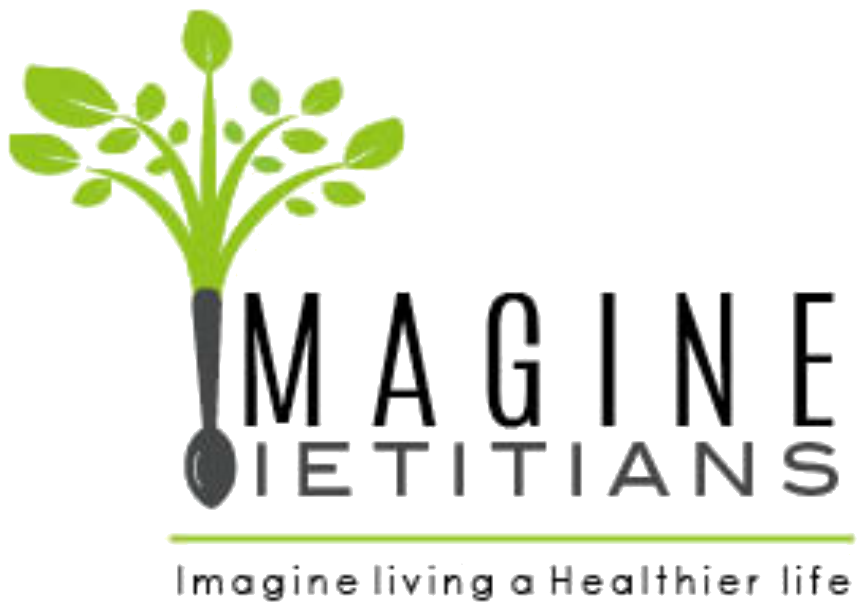


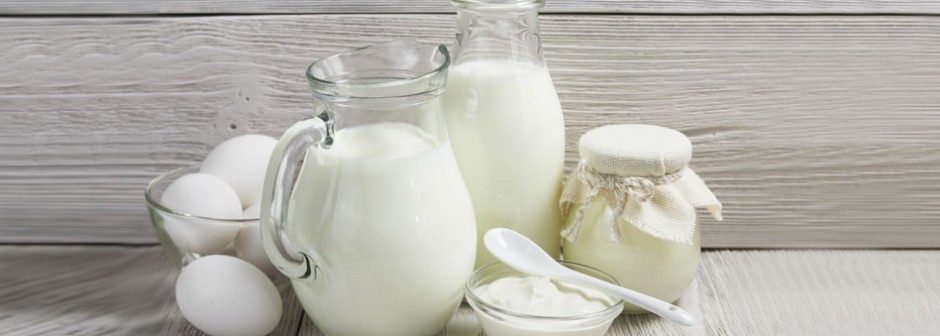

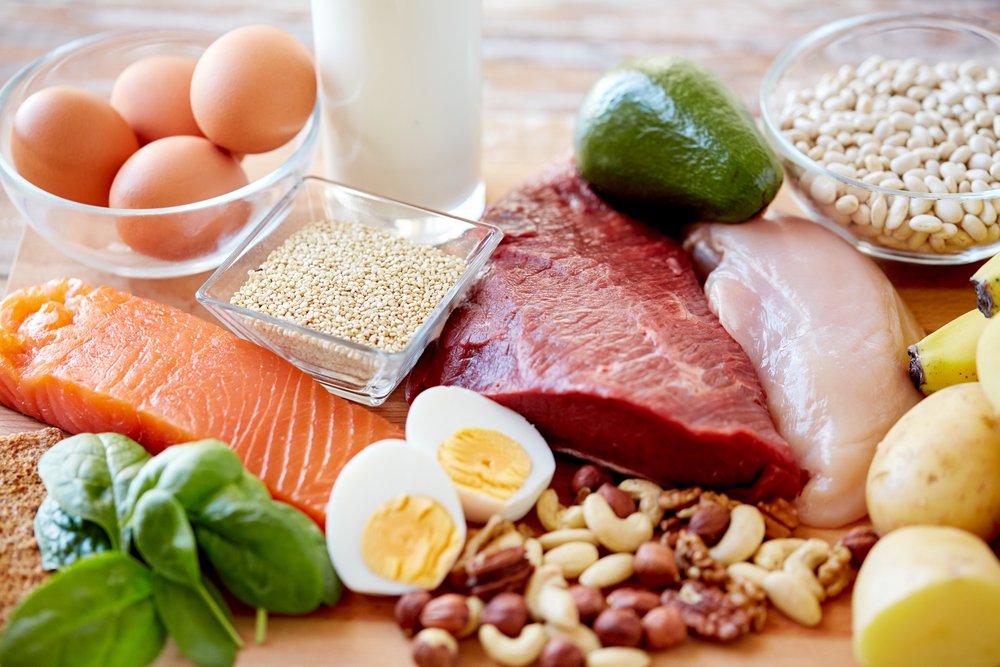
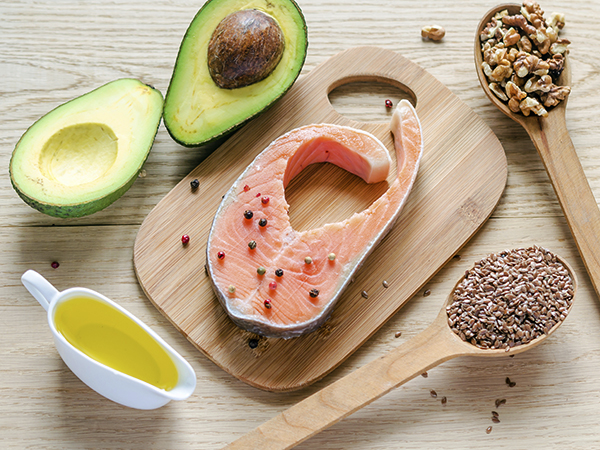
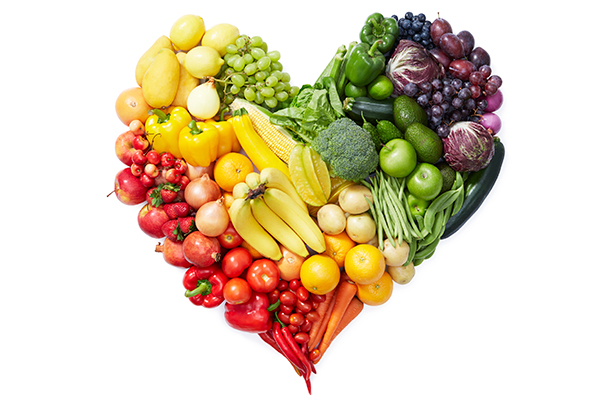
Recent Comments